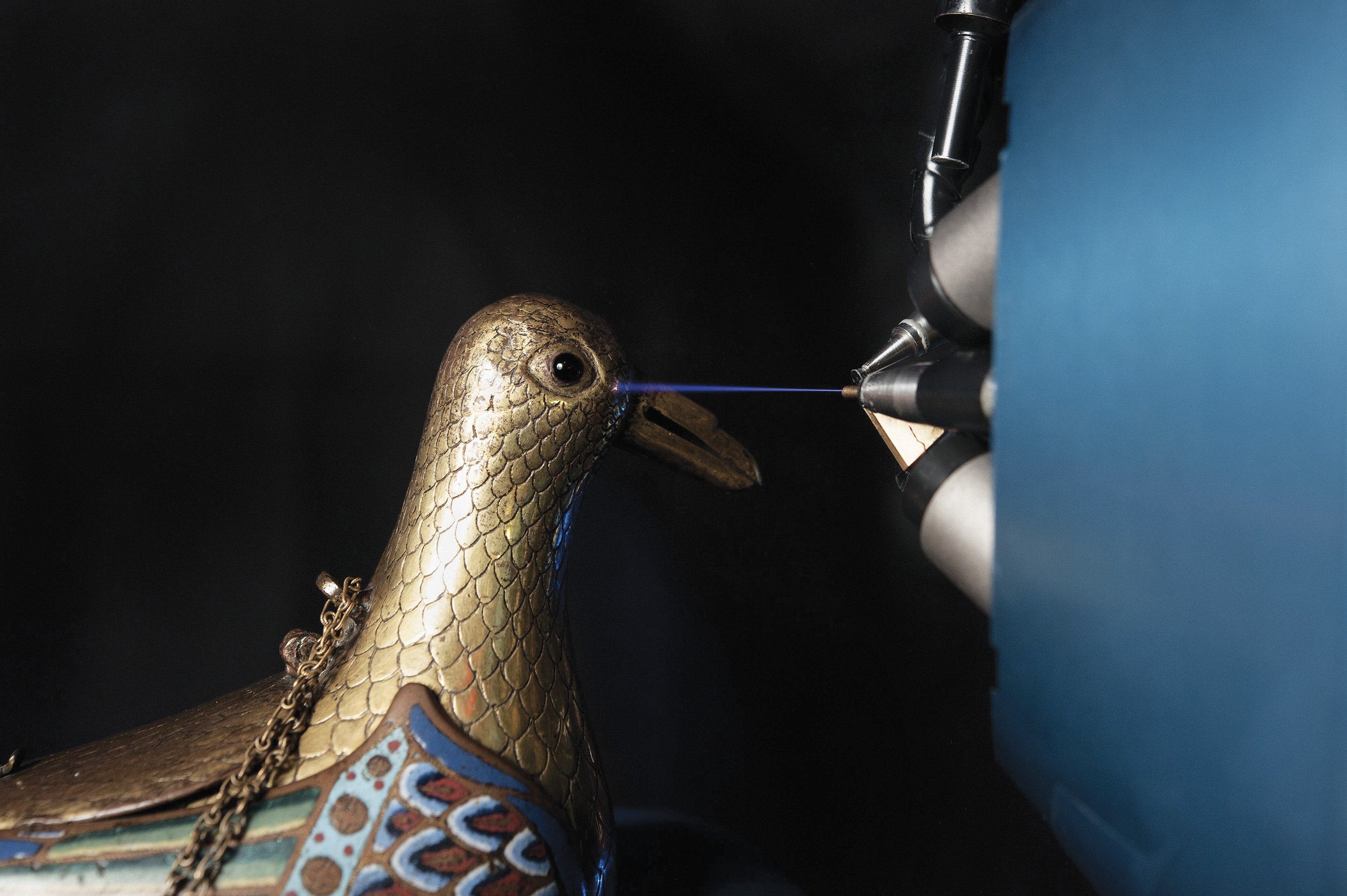Promoting the collections
Former residence of the kings of France founded 800 years ago, the Louvre is an inextricable part of French history. Since becoming a universal museum in 1793, the Louvre’s mission is to offer to the largest possible audience access to some of the world’s finest art that spans centuries and civilizations. With its vast collection of unique masterpieces from around the world, the Louvre is unmatched when it comes to dialogue between cultures, learning, and opportunities for discovery and wonder for the some 10 million visitors who come each year from all corners of the globe.
But the Louvre’s duty goes above and beyond this, its Endowment Fund providing long-term support for a threefold mission: preserve the collections, bring in the widest possible audience, and showcase its built heritage.

The Louvre is custodian to a collection that is unrivalled the world over in terms of richness and scope. More than 8,000 years of art history and artistic production from many continents are enshrined in its encyclopedic collection, which must be continually cared for, enriched and studied. That is why the Louvre Endowment Fund supports the conservation treatment of many artworks each year and the efforts of museum workshops that are the keepers of increasingly rare craftsmanship and artisanal know-how. Among its top priorities is also the renovation of exhibition spaces (more than 70,000 m2 and over 400 rooms) to offer people optimal visiting conditions.
The Endowment Fund also offers research grants, giving young researchers the opportunity to work with the Louvre’s collections to enrich their knowledge of art history. It also provides support for archaeological excavations that the Louvre participates in around the world.
Lastly, in a move that is key to preserving the Louvre’s exceptional cultural heritage, the Fund made the construction of a large conservation center in Liévin possible, allowing the Louvre to transfer its collections from current spaces that are at risk of flooding.


